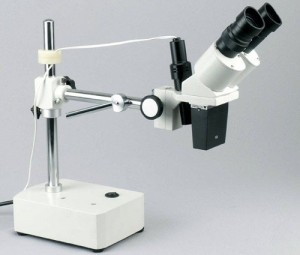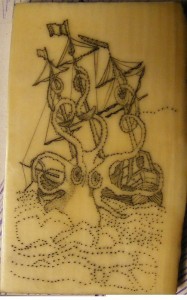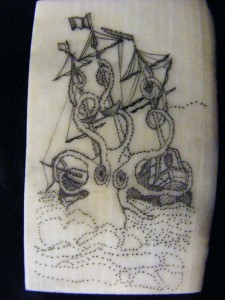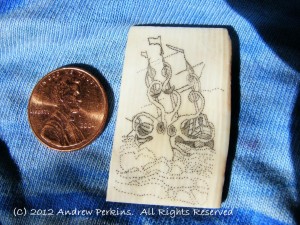Awhile back, I had made some videos of creating a scrimshaw based on a dragon tattoo. This step by step video is broken into three parts.
How to Scrimshaw a Dragon – This is one of many ways of transferring your art to ivory. Here, we use a variation of the “graphite paper” technique.
Transferring Your Art to the Ivory – This is the technique taught by my teacher when we were using pre-embargo elephant ivory. I’ve kept this here because it is a starting point but recommend NOT slathering on the ink like it was peanut butter, and NOT rubbing off the ink with the folded cardboard! Instead, I recommend using a 000 brush to go over the lines if you are using ink, and a slightly dampened cotton ball once the ink is dry to remove the excess ink. Better yet is using oil paint, which we hope to switch to completely in our kits real soon.
Adding Color to Your Scrimshaw – The final step is adding color to your scrimshaw.




